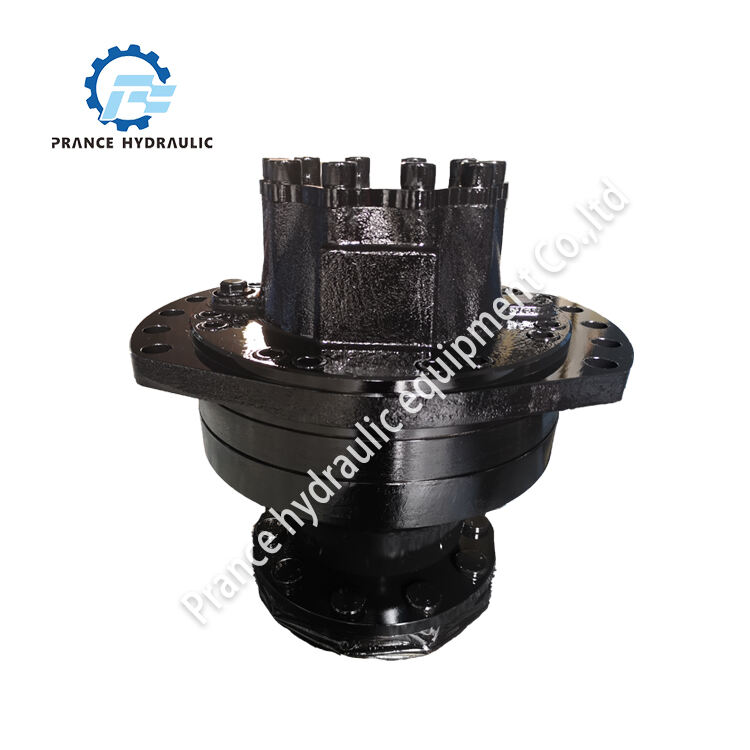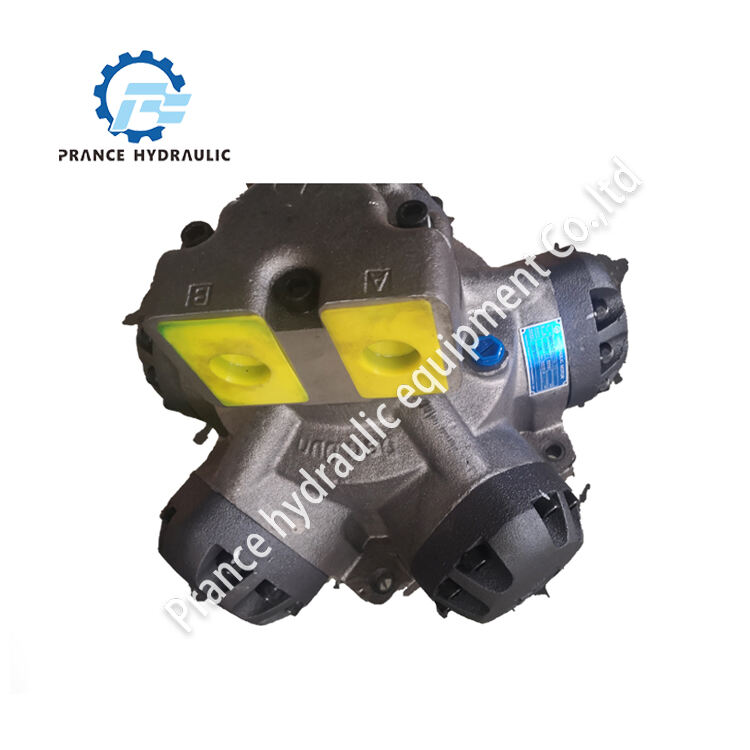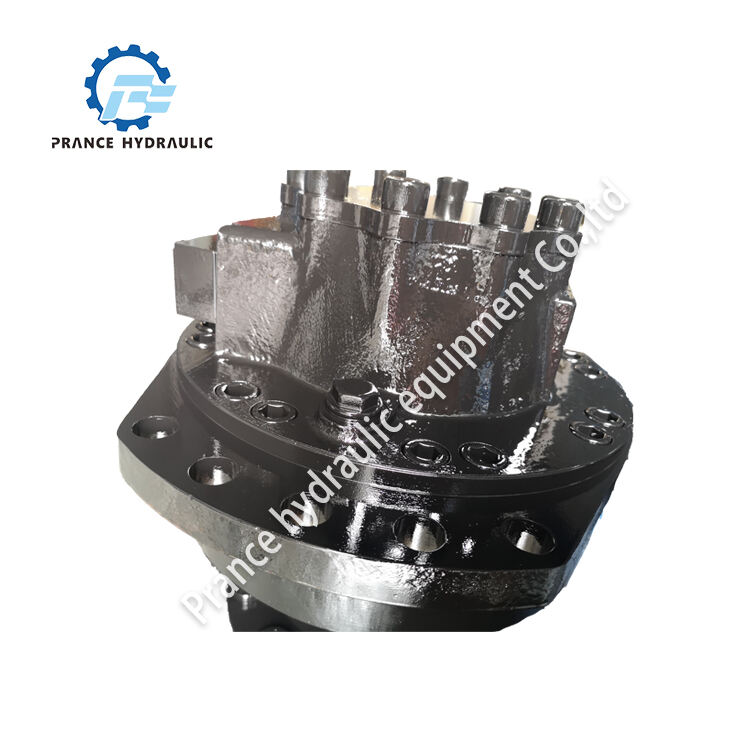In many branches, liquids and other materials have to be transported. This work is done by a hydraulic machine known as the radial piston pump (RPP). These pumps matter because they aid in making things flow better. In this instalment, we cover what radial piston hydraulic motors are, how they operate, what makes them useful, what applications they are well-suited to, how they stack up against the competition, and how to maintain them.
Radial piston pumps are designed to transfer fluids by way of pistons that move in and out of cylinders. As the pistons shift position, they generate pressure that forces the liquid through the system. The pump consists of multiple pistons that cooperate in order to maintain the liquid flow continuous. They are commonly employed in a variety of hydraulic installations, because they operate very efficiently and reliably.
Types of Pumps: Radial piston pumps operate by creating pressure in the liquid, which moves the pistons and causes the liquid to be pushed through the system. The pistons 10a are then moved outward to permit flow of liquid in a continuous and uniform manner. One of the good things about radial piston pumps is that they are very efficient (they can move a lot of liquid in a very short time with very little energy). They are also good for fine-tuning and withstand high pressures.

Radial piston pumps can be used for a variety of industries, including construction, agriculture, manufacturing, automobiles. They are commonly found in hydraulic systems that drive heavy machinery such as excavators, cranes and presses. They’re also used in factories for jobs that require more exacting and efficient liquid movement, such as in injection molding machines and hydraulic presses.

Comparison with Other Hydraulic Pumps Radial piston pumps are most often compared to gear and vane pumps. All of them push liquid through hydraulic systems, but radial piston units are extremely efficient and very reliable. They’re capable of withstanding high pressures, and offer an accuracy of flow control that is attractive for many types of industries.

Radial piston pump maintenance To maintain your radial piston pump in good condition is all the more important. That includes inspecting for leaks or damage, replacing parts that are worn and ensuring the liquid levels are correct. When there are issues, troubleshooting steps can assist in locating and fixing issues quickly. Air in the system, worn seals and low liquid levels are typical culprits when it comes to issues with a radial piston pump. Maintenance Tips for Radial Piston Pumps If you follow these maintenance tips, you will find that radial piston pumps can continue to work effectively.